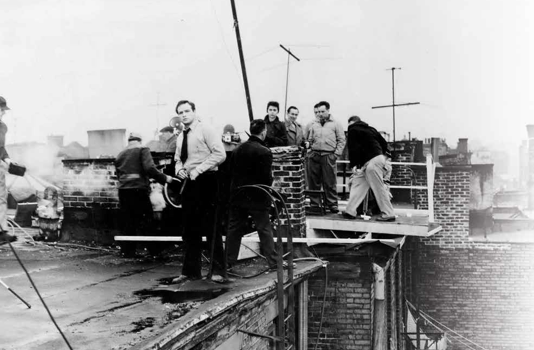
“On the Waterfront,” Starring… Hoboken!
The mobsters who ruled the unions with baseball bats, knives, guns and beatings—and murder—made Manhattan’s West Side piers too rough for a film crew. “Brownie” introduced Schulberg and Kazan to Hobo- ken, where the union local had its own struggles with corruption. Anthony “Tony Mike” DeVincenzo, a local longshoreman, exposed the union and testified to the Crime Commission. But the city’s mayor and police chief welcomed the crew as a way to score political points, bringing jobs to the city during a lean winter. Though the script was already fully developed by the time Kazan met him, he was so impressed with “Tony Mike” that he instructed Brando to study the former prizefighter-turned-longshoreman. The portrayal was so similar, the studio later agreed to pay DeVincenzo for his involvement.
Kazan not only used Hoboken’s piers, streets and tenements to create the authentic atmosphere, but also its people, as he confided in the interview with Young, who included it in his 1999 book, Kazan, The Master Director Discusses His Films. “After finding leads who looked like they belonged on the New Jersey waterfront, I had to surround them with bit players who would also look real…So I was able to use a lot of actual longshoremen.”
In 2004, on the film’s 50th anniversary, the Hoboken Historical Museum created an exhibition that paid tribute to the city’s role in shaping the film. Photographs, oral histories and artifacts were added to its collections, many from the Hoboken residents involved in the film. Most were non-speaking extras. Some had more recognizable or unique roles.
During the first shape-up in the film, Hoboken longshoreman Matty “John Wayne” Russo cries out, “Who do you have to see to get a day’s pay around here?” Russo, who said he was expressing actual frustration with the hiring system, went onto minor roles in other films. Police officers in the film were real members of the Hoboken Police Department. Officer Pete King restrained Johnny Friendly in the courtroom scene (filmed in Hoboken’s own City Hall chambers.) He later responded to a resentful Malloy that he “oughta be glad we’re following you.” Frank Marnell, a gym teacher at Rue School, played the nameless overlord who turns off the television during Johnny Friendly’s testimony. He reappears in the end of the film to say, “All right. Let’s go to work.”
But most prominent Hobokenite in the movie is Tommy Hanley, who was thirteen years old when he went up on the roof of his tenement building at 105 Hudson Street to check out the film crew. He found men setting up a pigeon coop for a movie they were making. The carpenter, a local man, hired Tommy to feed the pigeons.
Tom Hanley long believed that his father had been murdered by waterfront gangsters. Schulberg’s dockside mentor Arthur “Brownie” Brown had known Hanley’s father and wanted to get Tommy into the movie. He set up a meeting with Kazan and Schulberg, who cast Hanley as Tommy, a young friend of Terry who looks after the pigeon coop. Hanley recalled in an interview that Brando was nice man, easy to work with, and took the Path train to the set already wearing his costume.
Hanley said that people commended him for his role in the movie, though he did not enjoy the praise because his character wasn’t tough enough for his liking. Hanley later became a longshoreman, a job he held until 2009. Other Hobokenites left their marks. The jacket that passed from Joey Dugan to Terry Malloy actually belonged to a Hoboken longshoreman named Johnny Sanducci. Jimmy Francis, a longshoreman and ex-boxer, helped show Brando how to get up and walk away from a severe beating.
If you haven’t seen the movie in a while, an excellent boxed set was released on DVD/Blu-Ray last year by the Criterion Collection, with amazing extras such as an interview with Tom Hanley. It also features interviews with Elia Kazan, Martin Scorsese, film critics and actors, as well as an interview with James Fisher, the Fordham University professor who wrote the book On the Irish Waterfront, about the real-life characters who inspired the story. Both the book and the Criterion set are available in the Museum’s gift shop, at 1301 Hudson St. More fascinating details are accessible in the Museum’s online collections.

 Previous Article
Previous Article Next Article
Next Article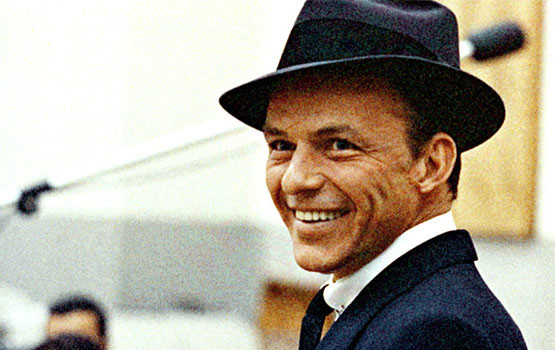 FRIDAYS ARE FOR FRANK: “You Will Be My Music”
FRIDAYS ARE FOR FRANK: “You Will Be My Music”  PLAY BALL: Hoboken Nine to Commemorate the Birthplace of Baseball — Saturday, June 22
PLAY BALL: Hoboken Nine to Commemorate the Birthplace of Baseball — Saturday, June 22 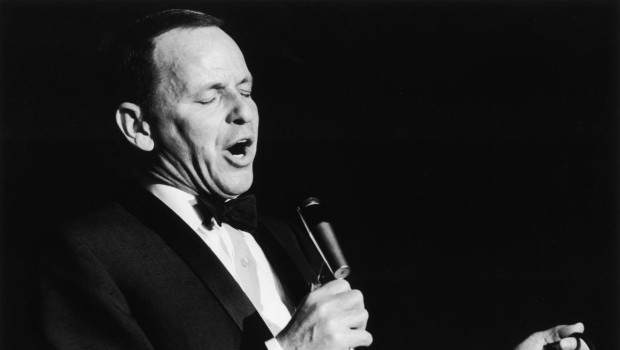 FRIDAYS ARE FOR FRANK: “That’s Life”
FRIDAYS ARE FOR FRANK: “That’s Life”  FRIDAYS ARE FOR FRANK: “My Kind Of Town” (Jeopardy! Edition)
FRIDAYS ARE FOR FRANK: “My Kind Of Town” (Jeopardy! Edition)  FRIDAYS ARE FOR FRANK: “Nice ‘n’ Easy” (Sinatra Social Distancing)
FRIDAYS ARE FOR FRANK: “Nice ‘n’ Easy” (Sinatra Social Distancing) 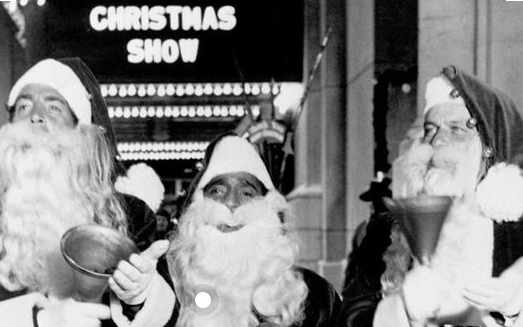 FRIDAYS ARE FOR FRANK: “(Don’t Be A) Do Badder” — Hoboken SantaCon Edition
FRIDAYS ARE FOR FRANK: “(Don’t Be A) Do Badder” — Hoboken SantaCon Edition 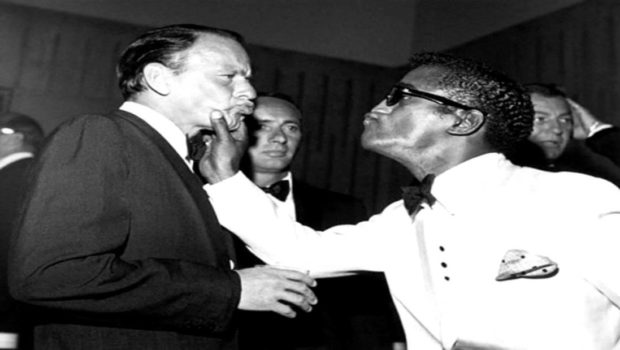 FRIDAYS ARE FOR FRANK: “Me & My Shadow” (feat. Sammy Davis, Jr.)
FRIDAYS ARE FOR FRANK: “Me & My Shadow” (feat. Sammy Davis, Jr.) 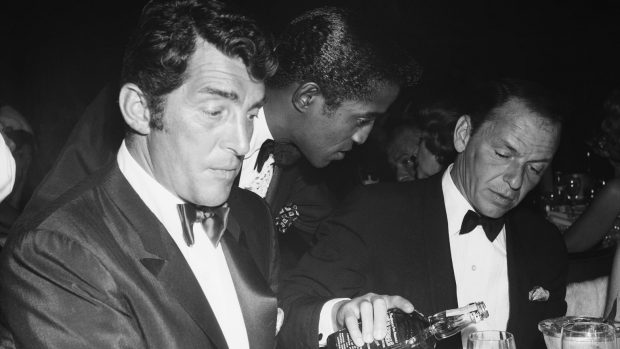 FRIDAYS ARE FOR FRANK: “You Go To My Head” — PROHIBITION EDITION
FRIDAYS ARE FOR FRANK: “You Go To My Head” — PROHIBITION EDITION